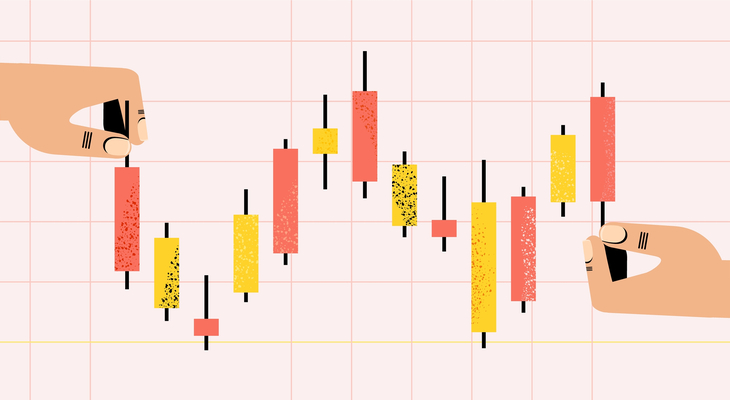 A typical common stock valuation analysis attempts to determine how much a share of common stock can be sold for. The stock market sets the value for public companies. Private companies have to rely on relatively well-standardized, but often subjective valuation studies. While the range of reasonable estimates can be broad, there are clear limits to “how low can we go.”
A typical common stock valuation analysis attempts to determine how much a share of common stock can be sold for. The stock market sets the value for public companies. Private companies have to rely on relatively well-standardized, but often subjective valuation studies. While the range of reasonable estimates can be broad, there are clear limits to “how low can we go.”
The reasonableness of a valuation can be assessed by looking at the common share value as a percentage of the preferred share price obtained in the most recently round of financing. We will refer to this percentage as Common to Preferred Ratio (“CTP Ratio”). For example, the CTP Ratio is 25% when a common share is worth $0.25 while preferred stock was just sold for $1.00 per share. The CTP Ratio will depend on such factors as enterprise value, capital structure, or valuation methodology.
10% Rule Does Not Work
Before IRC 409A and ASC 718 (formerly SFAS 123R) established new requirements for common stock valuations, practitioners often used the “10% Rule” where common stock value was assigned 1/10 of preferred share price. This ratio seems to have been set arbitrarily for various administrative purposes. An avalanche of common stock valuations quickly demonstrated that the rule was mostly erroneous. Except for a rare set of circumstances, 10% is too low.
Common Stock vs. Series A
10% Rule aside, why should there be any difference between the values of common and Series A shares? If investors expect early-stage companies to succeed spectacularly or fail, a simple scenario analysis will indicate that the values of both securities are tightly aligned. Yet, most 409A valuations price common significantly lower than preferred.
In a typical 409A analysis, about a third of the price differential can be explained by differences in economic rights such as liquidation preference or participation features. Another third comes from the discount for lack of marketability. Other observers attribute the price differential between common and preferred shares to control that gives preferred shareholders substantial economic advantages. To use our calculator to test how capital structure may affect the CTP Ratio in a typical 409A valuation, click here. Please note that this calculator does not account for additional discount for lack of marketability.
Secondary Market Transactions
Common shares are often sold on secondary markets at about the same price as preferred, i.e. at 100% CTP Ratio. Those are observable transactions that can influence 409A valuation, especially when the volume is high or when the company is approaching IPO. Secondary market transactions are rare for younger companies; they are less likely to reduce common stock discount from the preferred original issue price. We do observe situations where start-ups “assign” preferred stock value to common when common stock is used to pay for an acquisition or when commons stock is sold in a private transaction. Such arbitrary assignments of value can be viewed as strong secondary market indications of common stock value.
What is the right CTP Ratio?
CTP Ratios in the 20% – 40% range appear to be typical for Series A, B, or C rounds. Our analysis of 69 common stock valuations, excluding outliers and special situations, revealed that most CTP Ratios in the technology industry fall in the 18% – 39% range, while life sciences show slightly lower 12% – 31% range.
The Ratio appears to be lower for younger companies. At the same time, Series A financings show much less consistency, typically because preferred share prices are not set on an arm’s length basis. Common stock values are sensitive to liquidation preferences and participating features. Down-rounds are harsh on common stock, helping drive CTP Ratios down.
In conclusion, current financial reporting standards allow for substantial difference in value between common and preferred shares. Going forward, the prevalence of secondary market transactions and upcoming AICPA portfolio valuation guidance is certain to contribute to the debate.


